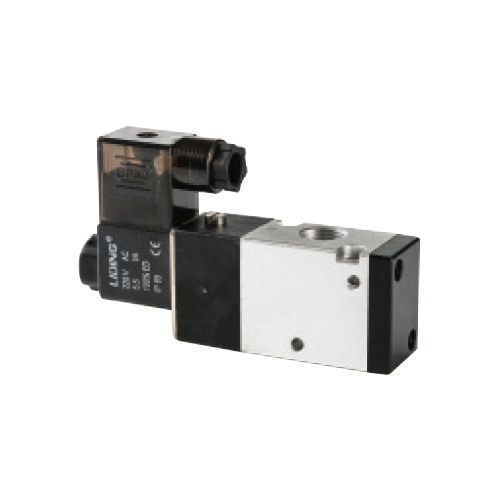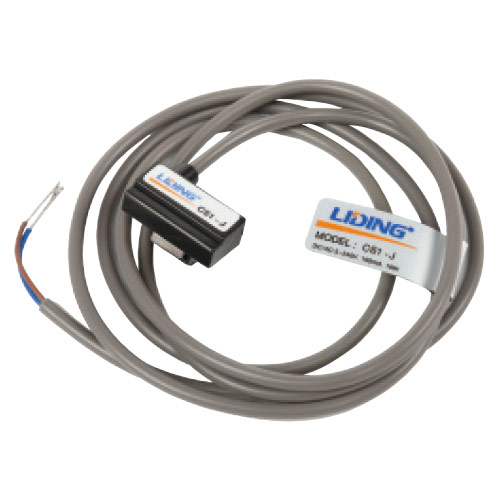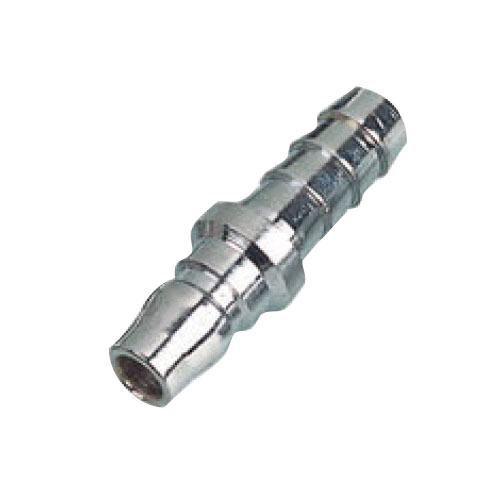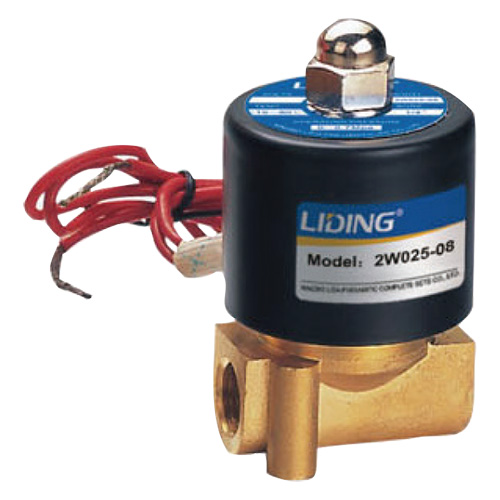5 Factors to Consider When Choosing a Pneumatic Valve
When it comes to selecting the right type of pneumatic […]
When it comes to selecting the right type of pneumatic directional control valve for any application, you have many options at your disposal. Each comes with its own specific function, so it is helpful to understand differences and pick the type best-suited for your requirements.
Selecting and sizing a directional-control valve involves several criteria -- function, actuation, installation, and flow. Here's a closer look at factors that affect valve performance.
Valve function
Function refers to the number of ports and the number of different ways a valve can operate. In other words, how the valve's internal pathways connect. The four main functions for directional-control valves are 2/2 (two-port, two-way), 3/2, 5/2, and 5/3.
All 2/2 valves have a pressure-supply port and a working port, and are either normally closed (NC) or normally open (NO). In an NC valve, the ports do not connect and permit flow until the valve actuates. NO valves block flow when the valve actuates. They are typically used in blow-off applications or to drive vacuum nozzles.
3/2 valves have a supply, working, and exhaust port, again in NO or NC versions. An NC valve, for instance, has working and exhaust ports connected and supply blocked. When actuated, it connects supply and working ports and blocks the exhaust. The valves are commonly used to exhaust downstream pressure through the valve. For example, they can control single-acting actuators that must exhaust air to atmosphere to return to the start position.
5/2 valves (nblida produce 5/2 Way Pneumatic Valve ) have a supply port, two working ports, and two exhaust ports. They most commonly control double-acting actuators, so the working ports connect to the actuator and exhaust ports usually vent to atmosphere. One working port always connects to the pressure-supply port and the other working port always connects to an exhaust port.
5/3 valves, like the 5/2 versions, also have a supply, two working, and two exhaust ports, but 5/3 valves have an additional spring-centered neutral position. When in neutral, both working ports may be:
Blocked, so no ports are connected.
Pressurized, with the supply port connected to both working ports and the exhaust ports blocked.
Exhausted, so working ports connect to exhaust ports and the supply port is blocked.
Pneumatic directional valves, such as the Festo CPE 10, control compressed-air flow in countless industrial applications.
If you’d like more help choosing the right valve, please visit Pneumatic Valve manufacturer website: nblida.com








